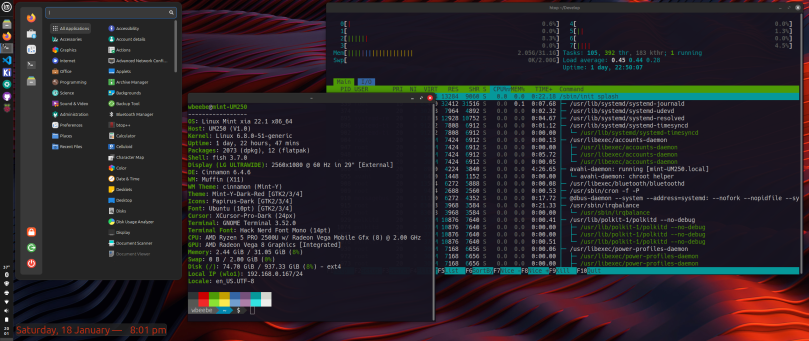Rust, the language, has been moving ever deeper into infrastructure development. Rust is being used to write new code (see the drama going on within the Linux kernel developer community as an example). Rust is also being used to replace existing infrastructure, a prime example being the Rust Coreutils being written to replace the GNU Coreutils. The biggest draw to use Rust is its promise of safer memory usage compared to either C or C++ (and yes, they are separate languages and should not be called C/C++). Another draw appears to be better performance between equivalent versions of the same tools, with the performance lead going to the Rust-based rewrites. The biggest draw is that it’s fired up the imaginations of a new generation (if you will) of software developers. It’s all good, even for a very old dog such as myself.
An important re-write in, or migration to, Rust is the fish shell. The fish development team announced in 2024 that they would be migrating to Rust with the version 4 release of fish in 2025. They’ve now reached the point where they announced their first beta release of the shell. I cloned their Github repository and quickly compiled a local copy of the beta release to experiment with. So far, based on my admittedly limited testing, they’ve done an excellent job. Being a beta release I’m sure there are obscure corner cases where this new and major port will have some bugs, but for day-to-day use, so far, the Rust-based beta is indistinguishable from the older C++-based release.
Links
fish — https://fishshell.com
fish on github — https://github.com/fish-shell/fish-shell/



You must be logged in to post a comment.